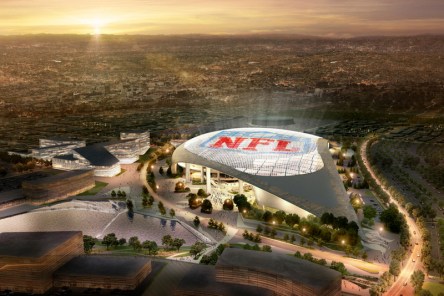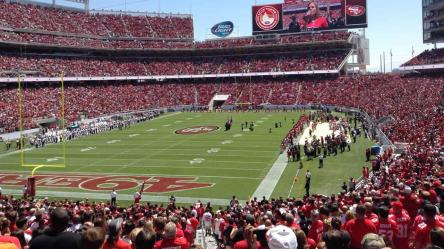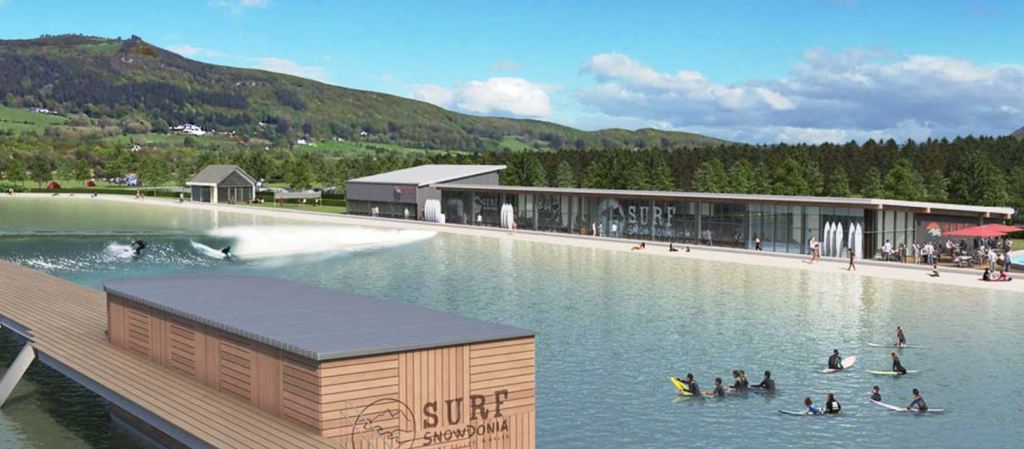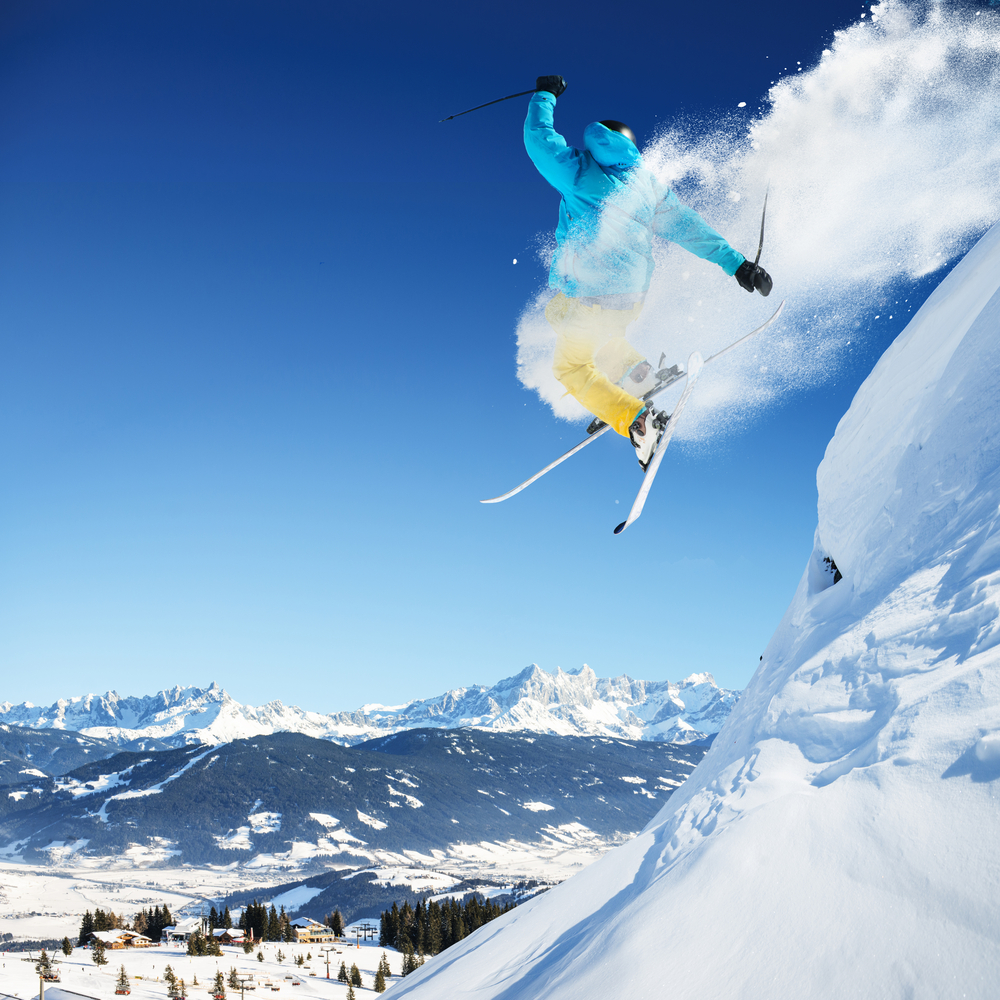Pennsylvania-based Global Sports Ventures plans to introduce eight professional cricket teams to the United States. Each team will have its own stadium complex as part of a three-year initiative to solidify the sport’s presence in the country. To Jay Pandya, chairman of Global Sports Ventures, the U.S. is the next natural frontier for cricket. The sport has a growing and passionate fan base. More than 1 million viewers watched the live broadcast of the 2015 World Cup. That same year, an exhibition series touring Los Angeles, Houston, and New York attracted audiences averaging 28,000 viewers. “We, as Americans, look for new things and grow into different fields. People don’t realize that cricket was partially born in the U.S. The first international game was played between the U.S. and Canada in New York. The 1844 game, played in Bloomingdale Park in Manhattan was one of the earliest international games on record,” Pandya explains in an interview. Possible stadium sites include Atlanta, New York, San Francisco, Chicago, Dallas, Orlando, Washington, D.C. and East Brunswick, New Jersey. These markets were chosen, in part, for their large Asian populations according to an article on Bisnow.com. “When you have people of South Asian descent who really understand cricket, it helps. But after that it will probably go mainstream with Americans. I believe that will be very quick, because, as Americans, we just love sports. [And] it doesn’t matter what kind of sport,” says Pandya. To jump start the plan, Global Sports Ventures entered a $70 million licensing agreement with the USA Cricket Association (USCA). More than 32,000 cricket players are registered with the USCA and may become members of the future teams. There are also several smaller organizations throughout the nation that may serve as sources of talent and...
NFL’s Hollywood Park...
Kickoff for Mixed Use
Designer HKS and developer Hollywood Park Land Company are changing the face of mixed-used facilities. The duo behind the Hollywood Park complex will tap into several revenue streams with a built-in consumer base. After more than a decade of anticipation, the 238-acre Hollywood Park project is finally underway with gusto. Ground broke back in 2014. It stalled and crawled until 2016. This year ushered in new developments. Revenue 1: Mixed-Use Commercial & Residential The 3 million square foot mixed-use property will include 620,000 square feet of retail space, and an unconfirmed quantity of townhomes and apartments, and a luxury hotel with stunning city views. Residents and guests will also have access to a new casino. The former Hollywood Park Casino will be demolished this October and replaced with an 110,000 square-foot facility. The JCJ Architecture design will include 125 card game tables, simulcast wagering, a lounge, a café, and a Century Bar & Grill sports bar. “This new casino was also designed with luxury and convenience in mind,” said Hollywood Park Casino General Manager Deven Kumar in a press release. “The new property will engage the art and social communities featuring global artists’ work throughout. […] Visitors will feel very safe, while enjoying themselves in beautiful surroundings.” Revenue 2: Creative Commercial Spaces To soften the edges of the manmade structures, designers added several green spaces throughout the site. A lake with water features will help to create a cool and calming vibe. These parks can provide rental opportunities for arts and cultural organizations; spaces for vendors with kiosks; and even creative advertising installations for landscaping, home and exterior furnishing companies. The stadium project is slated for completion in 2019 followed by the casino and “mini-city” in 2023. Revenue 3: NFL Gold Two sports teams...
Golden Bowl
Levi's Stadium hosts Super Bowl 50
On February 7, 2016, the Carolina Panthers and the Denver Broncos will battle it out at Super Bowl 50 in the LEED Gold Certified Levi’s Stadium; one of the nation’s most technologically advanced sporting venues. Three years ago, a thrilling super bowl featuring a rally by the San Francisco 49ers during the second half turned a would-be shutout into a hard-fought, 34-31 win for the Baltimore Ravens. Though the game was action packed, one of the most startling moments happened right after halftime when the entire 73,000-seat arena went dark for 34 minutes. When the lights returned, the 49ers rallied, closing a 28-6 halftime score and almost sparking what might have been “the greatest comeback in Super Bowl history.” Clearly the 49ers took that blackout to heart, as evidenced by the team’s own Levi’s® Stadium, a state-of-the-art sporting facility touted as “the most high-tech stadium in the world.” An Homage to the Future “The stadium is built in the middle of the heart of technology,” declares Senior VP of NRG Business Solutions Robert Gaudette in an NRG video of the building’s construction. “It’s also at the center aisle of the newest thinking around what energy is.” Dan Williams, former VP of Technology for the 49ers expands on how technology was paramount as plans for the building evolved, saying “One of the focuses was ‘let’s ensure that it’s truly a technology driven stadium, and let’s try to adopt what makes Silicon Valley Great.’” Recognized as “2015 Sports Facility of the Year” by Sports Business Journal and “Venue of the Year” by The Stadium Business Awards (Barcelona, Spain), Levi’s® Stadium was also awarded LEED Gold certification by the U.S. Green Building Council (USGBC), the first NFL stadium to earn that designation. “When we looked at building this...
Making Waves
Man Made Surf Comes Austin's Way
Until recently, surfing has been an activity limited to the lucky ones with oceanfront access. This is about to change with some incredible technology created by Spanish engineering firm Wavegarden, which has the capability to deliver the longest man-made surfable waves on Earth. Sounds surreal, doesn’t it? Doug Coors, a descendent of the Coors Brewing family, made it his mission to put Austin, Texas on the surfer’s map by bringing the ocean-bound sport inland. The self-proclaimed engineer and surfer, founder and CEO of NLand Surf Park, LLC said it took him 15 years to find the proper technology to mimic an actual surf break. He found it in Spain and decided to bring it to North America. Coors plans to raise these waves for the public starting next year. Why Austin? Austin has become a powerful magnet for investors and tourists, a weekend heaven for festivals and activities of all kinds – from SXSW to triathlons for the disabled, biker rallies, and Eeyore’s Birthday Party. Sports lovers and creative entrepreneurs have made Austin their home partly due to the willingness to give new ventures a chance, no matter how ambitious they are. Probably the best example to sustain this perspective is the recently completed Circuit of The Americas Formula 1 track, the first in the country to be built specifically for F1 races. Interesting is that it is located down the road from the proposed NLand Surf Park site. The lagoon will be located east of Austin-Bergstrom International Airport on rural property as big as nine football fields. The complex will offer 11 different surfing areas, with four different surfing levels, designed to create every 60 seconds perfect waves ranging between one to six feet high, with a surfing experience of 35 seconds per wave; think 300 distinct waves per hour. The technology behind the massive lagoon has been created in collaboration with the team and tech at Wavegarden in Spain, who proved its capabilities through the thousands of waves it has pumped in the Basque Country wave park. One of the most intriguing and fascinating facts about NLand Surf Park is the claim that, after the initial fill, the park will be self-sustaining with rainwater, even during tough drought conditions. Imagine surfing on raindrops. “Our top priority is water and water conservation,” Coors told Think Progress. “The surf community is very environmentally conscientious and they pride themselves on environmental stewardship. We want to fit in with that as much as possible.” With the water consumption solved, energy use comes next. Water is heavy and moving it needs energy; the ocean has the sun and the wind to create the waves, how will this massive project be fueled? Even though Wavegarden’s CEO Josema Odriozola said that the energy consumption in the company’s technology is much lower compared with the other existing wave generation technologies, the matter is a hot subject. One solution would be to make the park use solar power by placing panels on the unused land; however, this part of the project has not been nailed down yet. Coors has been discussing with three solar providers to determine the possibilities. Austin-based White Construction Company was chosen to execute the project within eight months with approximately 90 construction craftsmen and professionals on site. The undertaking is privately funded. Backing for the project is provided by 9th Street Capital, a Colorado-based private equity firm where Coors is president. Opinions on the project are diverse, ranging from excitement to anger, but the project will happen. NLand Surf Park will be just like an indoor rock climbing gyms – perfect for training. Sounds like it will be a destination for all the surfers who have relocated in Austin, until they make it back to Mother Nature’s...
Tech on the Slopes
Record and relive epic runs
Winter sports fans, this one is for you. The white powder sparkles from the top of the mountains and you can’t wait to get there and slide down, over and over again. The next generation skiing and snowboarding is here powered by the most exciting wearable technology existing on any mountain anywhere. One of the most popular devices out there is the action cam GoPro Hero 4 Black Edition. It offers stunning image quality and powerful new features that takes the cameras’ industry to a whole new level. The camera itself is a tiny box with a powerful processor able to record amazing video quality. The Hero4 Black displays incredible high-resolution 4K30 and 2.7K50 video and high frame rate 1080p120 video. Its features include built-in Wi-Fi and Bluetooth with super upload speed that sends your ride-videos up on various channels of social media. To help you find easier those cool moments without having to go through hours and hours of video, Hero4 Black has on its right side a ‘Hilight Tag’ button, which when activated, puts a tag on them and helping you find them faster when viewing the footage in GoPro’s free mobile app or desktop Studio software. On its left side is an easy-to-lose removable cover that protects Micro-HDMI and Mini-USB ports and the microSD slot that supports cards of up to 64GB. The Mini-USB port is used to charge the device and transfer the content off your microSD card, but can also be used with an optional 3.5mm stereo mic cable so you can attach a studio-quality external mic. The device doesn’t have a built-in touchscreen, but it has a Hero port on back that allows you to attach GoPro’s LCD Touch BacPac or the Battery BacPac. Unlike Hero3+ Black, Hero4...





